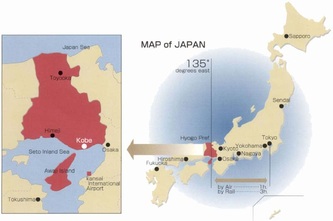If you ever Google image search Japan, some of the first pictures you`ll see are traditional Japanese architecture surrounded by pristine landscapes untouched by time. When I would think about Japan and conservation, I almost immediately thought of energy saving products engineered by the country, as well as public attempts to improve our environment with things like the Kyoto protocol. I don't know about you, but these things gave me an impression that Japan really cares for it's environment.
Often when things about Japan regarding this issue are brought up, it's always about how ahead of us (the U.S) they are in terms of energy alternatives and resource conservation. A New York Times article(you can read it here ) even stated that :
Often when things about Japan regarding this issue are brought up, it's always about how ahead of us (the U.S) they are in terms of energy alternatives and resource conservation. A New York Times article(you can read it here ) even stated that :
Japan is the most energy-efficient developed country on earth.....it is much better prepared than the United States to prosper in an era of higher global energy prices.
Now , when I first got here I thought I'd see signs of the country's environmental awareness, and I did. But it wasn't exactly what I initially expected. In fact, a lot of it confused me; it was as if the country held a double standard on environmental conservation.
So what gives??
- Why is it easier to recycle plastic bags and Styrofoam, but not paper?
- Places like apartment buildings and neighborhoods are generally kept spotless but you can find a fair amount of garbage littered throughout out the beach and woods.
- I've been told by several that cutting down trees is bad for the environment, but the Japanese government cuts down a massive amount of trees in Malaysia
So what gives??






 RSS Feed
RSS Feed